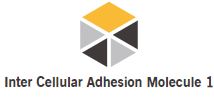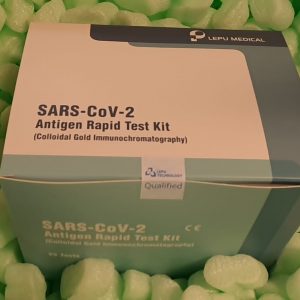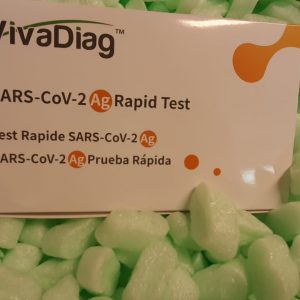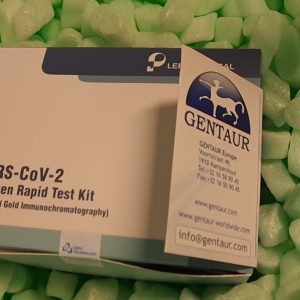Rising older is the important thing hazard subject for the occasion of cardiovascular illnesses as ageing will enhance plasma ranges of pro-inflammatory mediators and endothelial dysfunction.
Bodily prepare is a potential approach for bettering the endothelial dysfunction and continuous irritation that accompanies ageing. Nonetheless, there is a should differentiate between cardio and resistance prepare teaching referring to endothelial activation markers and systemic irritation amongst aged inhabitants.
The aim of this look at was to test the have an effect on of six months of cardio versus resisted prepare teaching on inflammatory cytokines and endothelial activation markers amongst aged.Eighty beforehand sedentary aged subjects participated on this look at, their age ranged from 61-66 years.
All subjects had been randomly assigned to supervised cardio prepare intervention group (group A, n=40) or resistance prepare group (group B, n=40).The suggest value of interleukin-10 (IL-10) was significantly elevated, the place the suggest value of inter–cellularadhesionmolecule (ICAM-1), vascular cell adhesionmolecule (VCAM-1), E-selectin, tumor necrosis subject alpha (TNF-α) and interleukin-6 (IL-6) had been significantly decreased in group (A) and group (B).
In addition to, there have been important variations throughout the suggest ranges of the investigated parameters between group (A) and group (B) on the end of the look at.
The current look at offers proof that cardio prepare is further acceptable in modulate coming into altered endothelial activation and inflammatory markers than resisted prepare amongst aged inhabitants.

Completely totally different inflammatory cytokines launch after open and endovascular reconstructions influences wound therapeutic.
Prodromal indicators of a non-healing wound after revascularisation, which can be strictly linked with impending failure of vascular reconstructions, are associated to an inflammatory response mediated by a variety of circulating adhesion molecules, furthercell endopeptidases, and cytokines.
The aim of our look at was to investigate the place of chosen plasma biomarkers throughout the prediction of every wound therapeutic and failure of infrapopliteal vein graft or percutaneous trans-luminal angioplasty (PTA) with selective stent positioning of the superficial femoral artery (SFA) in a inhabitants affected with necessary limb ischaemia.
A whole of 68 victims who underwent each surgical or endovascular revascularisation of the inferior limb with autologous saphenous vein infrapopliteal bypass or PTA and selective stenting of the SFA had been enrolled in our look at.
Victims had been divided into two groups based mostly on treatment: 41 victims had been included in Group 1 (open surgical process) and 27 in Group 2 (endovascular course of).
Plasma and blood samples had been collected on the morning of surgical process and every 6 months thereafter for as a lot as 2 years of follow-up or until an occlusion occurred of each the vein bypass graft or the vessel dealt with endovascularly.
Fifteen age-matched healthful male volunteers had been thought-about a reference for natural parameters. Vascular cell adhesion molecule 1 [VCAM-1]/CD106, inter–cell adhesion molecule–1 [ICAM-1]/CD54), interleukin-1 (IL-1), interleukin-6 (IL-6), tumour necrosis subject alpha (TNF-α), and metalloproteinases (MMP)-2 and -9 plasma ranges had been measured with enzyme-linked immunosorbent assay (ELISA) kits.
The suggest observed time to heal of 54 wounds was 13 ± 4 months, with no statistically important variations among the many many groups. The therapeutic failure of the remaining wounds was strictly related to an unsuccessful open (n = 12) or endovascular (n = 8) treatment. The 2-year important patency charge was 65% (SE = .09) in Group 1 and 52% (SE = .1) in Group 2. In contrast with suggest focus values of Group 1, VCAM-1 and ICAM-1 had been always significantly better all through follow-up in victims of Group 2 (P < .05). Furthermore, within the equivalent group, IL-6 and tumour necrosis subject alpha (TNF-α) had been found to be significantly better at 6- and 12-month (P < .05) when put subsequent with surgically dealt with victims. Cox regression analysis confirmed that elevated plasma ranges of VCAM-1, ICAM-1, IL-6, and TNF-α all through observe up had been strongly related to impaired wound therapeutic and/or revascularisation failure (P < .05). Elevated plasma ranges of inflammatory markers VCAM-1, ICAM-1, IL-6, and TNF-α may be related to the failure of wound therapeutic and revascularisation procedures.
Apparently, we have observed that endovascular therapies set off a greater stage of these irritation biomarkers when put subsequent with a vein graft, although wound-healing and patency and limb salvage expenses mustn’t influenced.




